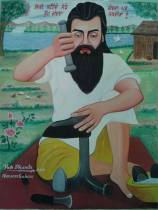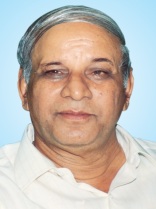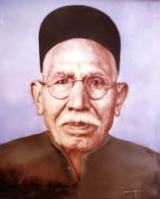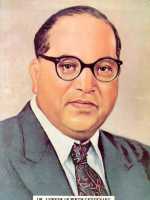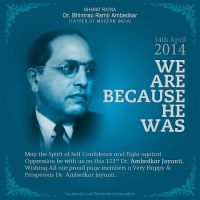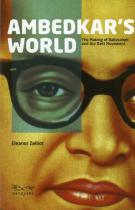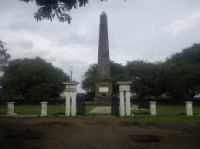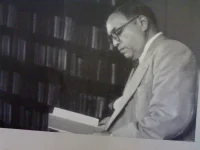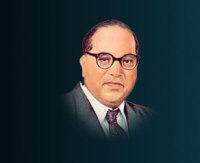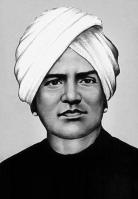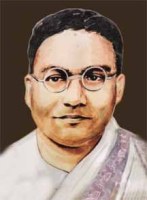The Legacy of Guru Ravidas on his birthday (Gurpurb)
Chaudan saai tetees ki magh sudi pandras,
Dukhion ke kalyan hit pargte Guru Ravidas
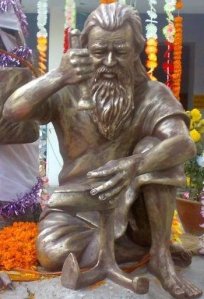
Guru Ravidas Ji
As per this couplet Guru Ravidas was born on 15th of Magh Saudi, full-moon day of 1433 at Seer Govardhanpur at Kashi (Varanasi, Uttar Pradesh). His father’s name was Santokh Das and mother’s Kalsa Devi. Guru Ravidas married to Mata Loona, a very humble woman who supported him throughout his life.
During the times of Guru, the large section of society was tottering heavily under brutal enforcement of caste system and untouchability practices, the then Untouchables bearing the most. Socially ostracized and put under strict caste-based restrictions they were living a life worse than animals.
In such environment, Guru Ravidas, a cobbler and an untouchable himself, emerged as a formidable challenge to Brahminical hegemony and spoke for the rights of downtrodden. He openly denounced all he brahminical scriptures like Vedas, Puranas, Smritis, Upanishads etc as these promoted the hegemony of Brahmins and justified the social inequality and exploitation of masses. As he says –
Charon ved kiya khandoti, Jan Ravidas kare dandoti
(I, Ravidas, proclaim all Vedas are worthless)
Check also – Photos and what Guru Ravidas Ji said
His was the direct attack on the spiritual hegemony of Brahmins that sprang from their claims of Vedas and other brahminical scriptures being infallible and repositories of Truth and Knowledge. While exposing the fallacies of the brahminical propaganda, Guru Ravidas made enormous efforts to provide a simple socio-religious alternative to the labouring masses that would seek equality for all human beings and require no religious rituals.
Guru Ravidas is one of the country’s foremost socio-religious revolutionary who not only attacked the socio-religious inequalities but also preached for liberty, equality and fraternity for all. He was a great poet whose couplets still reverberate among the toiling masses of this country.
He is also known as the one who invented Gurumukhi language against Sanskrit that was monopolized by Brahmins and declared as taboo even for other caste-Hindus. The impact of Guru Ravidas on the Indian society can be well understood by the fact that the entire Sikh Bani (Sikh teachings) are written in Gurumukhi.
We all are well aware of how Babasaheb Ambedkar exhorted us to “Educate” likewise, many centuries before, Guru Ravidas was saying –
Avidya ahit keen, taatay vivek deep bhava maleen
(Ignorance, no education has done much damage; it has eclipsed our rationale)
Check also – Stop Attacking Dalit Statues and Dalit Pride
Guru’s Guru:
If you want to destroy a society, destroy its history and the society will get destroyed automatically. – Dr. B.R. Ambedkar
Hindu fundamentalists have always taken a keen interest in destroying Dalit-Bahujans history so as to make them disable mentally. Historians as usual here also played with the truth and misled the people for centuries. As Buddha is projected as 10th avatar of Vishnu, same way Brahminical forces tried their best to project Guru Ravidas as one of their 33 crores fake gods. Many scholars tried to show Swami Ramanand as Guru Ravidas’s Guru. We all need to think logically, how could it have been possible for Swami Ramanand to accept Guru Ravidas as one of his student? Shudra rishi Shambuk was murdered by king Rama just on doing meditation/worshiping god. Daronacharya had forced Eklavaya to cut thumb of his right hand as ‘Guru Dakshina’. Time when Casteism, discrimination was on peak, when Dalits were murdered, their ears were cut down if they ever tried to hear praise of god, or they tried to worship, when the touch or even a shadow could impure so called upper caste people, how could it have been possible for Swami Ramanand (who was follower of king Rama’s ideas) to accept Guru Ravidas?
Some others tried to show Guru Ravidas as a Brahmin or Brahmin in his previous life, because they were not able to digest the humiliation of being thrashed by Guru Ravidas’s open challenge to caste system. They could have tolerated this shame if any Brahmin would have been talking against the caste system or challenging their supremacy as they had tolerated Char-wak. Many so called scholars have given false claims that Guru Ravidas was Brahmin in previous life and he ate meat so couldn’t reach the god (attain truth) and he was born in lower caste in next life.
Continue reading →

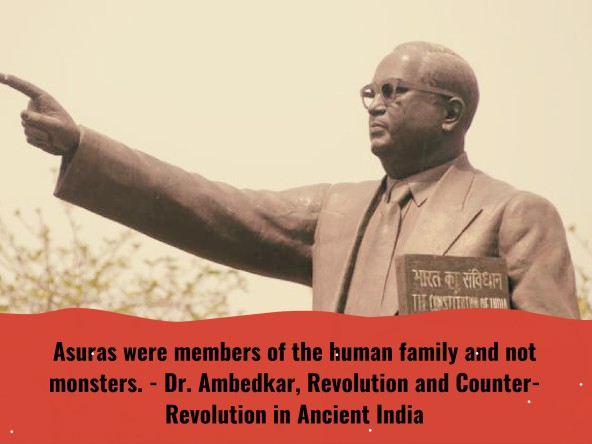
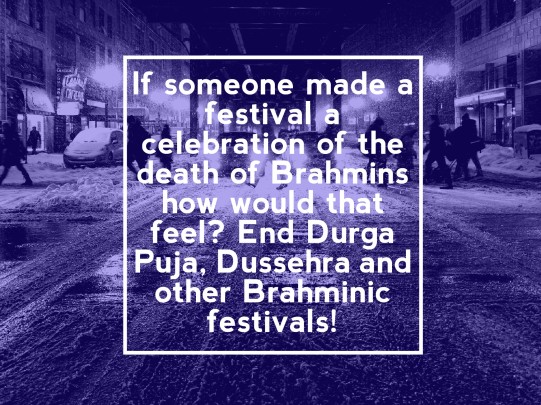
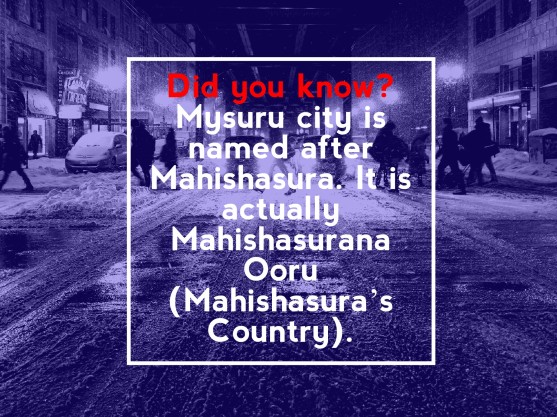
 The Shiv Sena party in Mahatashtra pounced on “Riddles”, branded it as an intolerable insult to Hindu religion and Hindu deities and demanded a ban on its publication. It held a huge demonstration in Mumbai on 15 January 1988 and began disturbances all over the state, abusing
The Shiv Sena party in Mahatashtra pounced on “Riddles”, branded it as an intolerable insult to Hindu religion and Hindu deities and demanded a ban on its publication. It held a huge demonstration in Mumbai on 15 January 1988 and began disturbances all over the state, abusing 






